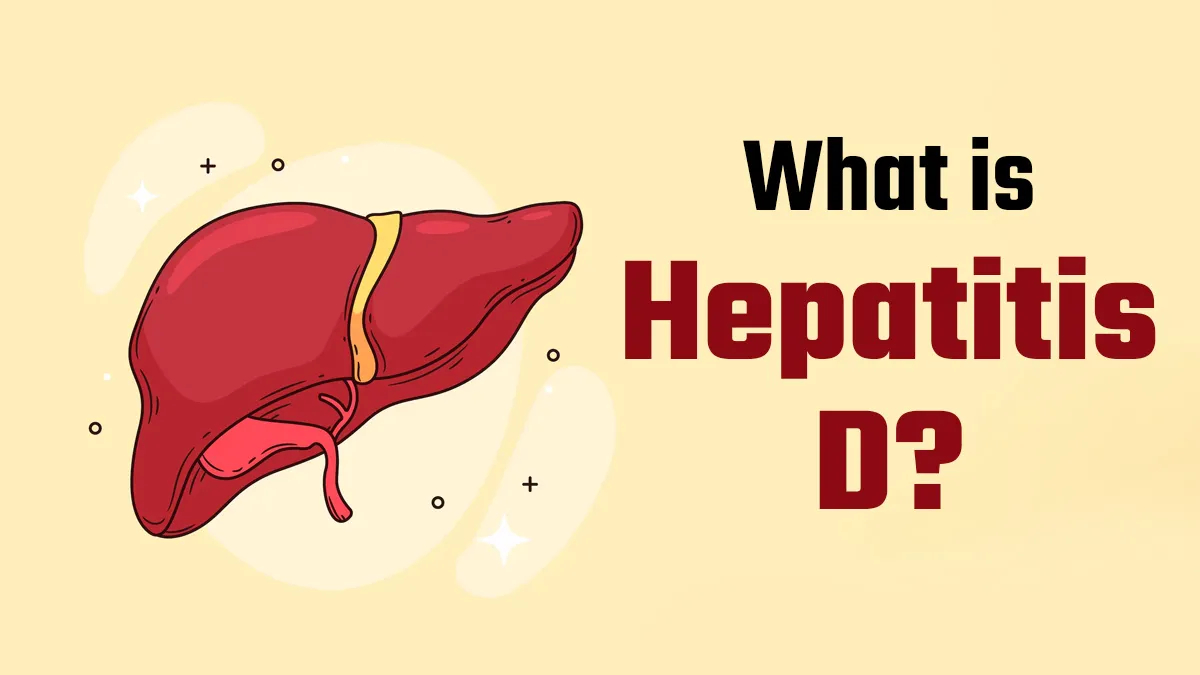
Hepatitis D (also called Delta hepatitis) is a rare but a fatal type of Hepatitis, a deadly liver infection. This is caused by the Hepatitis D virus. Surprisingly, hepatitis D only affects people who already have hepatitis B either simultaneously or sequentially. This is the reason why hepatitis D is not common as other types of hepatitis but communities who are vulnerable to this virus have potentially higher risks of carrying it.
Table of Content:-
WHO Tags Hepatitis D Virus as Carcinogenic
On World Hepatitis Day, The World Health Organization WHO and International Agency for Research on Cancer (IARC) formally called Hepatitis D virus as carcinogenic to humans, making hepatitis B, C and D a threat to liver cancer. The decision was based on critical evidence showing HDV heightens liver cancer risk dramatically.
As per WHO, ‘viral hepatitis types B, C and D are major causes of chronic liver infection that significantly increase the risk of liver cirrhosis, liver failure, and liver cancer. Additionally, they highlighted that immediate actions are needed to be taken to prevent fatalities.
The Global Burden of Hepatitis D
As per the data published by WHO, hepatitis D virus is estimated to have infected about 48 million people worldwide out of which 5% people have coinfection with hepatitis B. The regions most affected by hepatitis D are Asia, Africa, South America, the Caribbean, and the Mediterranean region.
Also Read: Tattoos Can Be Permanent, So Can Hepatitis B And C If You’re Not Careful
Severity of Hepatitis D: Faster Progression to Cirrhosis and Liver Cancer
Hepatitis D is considered the most aggressive form of viral hepatitis. In cases of superinfection, up to 90% of viral hepatitis cases progress to chronic HDV and HBV infection, compared to under 5% in simultaneous coinfections. Once chronic, hepatitis D accelerates liver damage. As per the data, 75% of the hepatitis D patients develop liver cirrhosis within 15 years. In addition to this, people who have hepatitis B alone are at 50% less likely to develop liver cancer as compared to people who have hepatitis B and D coinfection. Unfortunately, the fatality rate of hepatitis D coinfection is 20% which is relatively much higher than other hepatitis viruses.
How is hepatitis D diagnosed?
A blood test(HDV-RNA test) is conducted to detect anti‑HDV antibodies. If positive, an active hepatitis liver infection is confirmed.
Also Read: Hepatitis And Cancer: Connecting The Dots Between Viral Infection And Liver Cancer
Hepatitis D Prevention: Vaccination Is The Key
Since hepatitis D cannot infect without hepatitis B virus present, the most effective tools to prevent the infection is Hepatitis B vaccine. Universal HBV immunization also protects against HDV.
However, WHO is working to integrate hepatitis D testing and management into national health guidelines and the essential diagnostics list is being expanded to include HDV detection tools.
Final Word
Hepatitis D may be less common than other hepatitis viruses, but its consequences are far more severe including rapid progression to liver cirrhosis and liver cancer, and a dramatically higher fatality rate.
Also watch this video
How we keep this article up to date:
We work with experts and keep a close eye on the latest in health and wellness. Whenever there is a new research or helpful information, we update our articles with accurate and useful advice.
Current Version